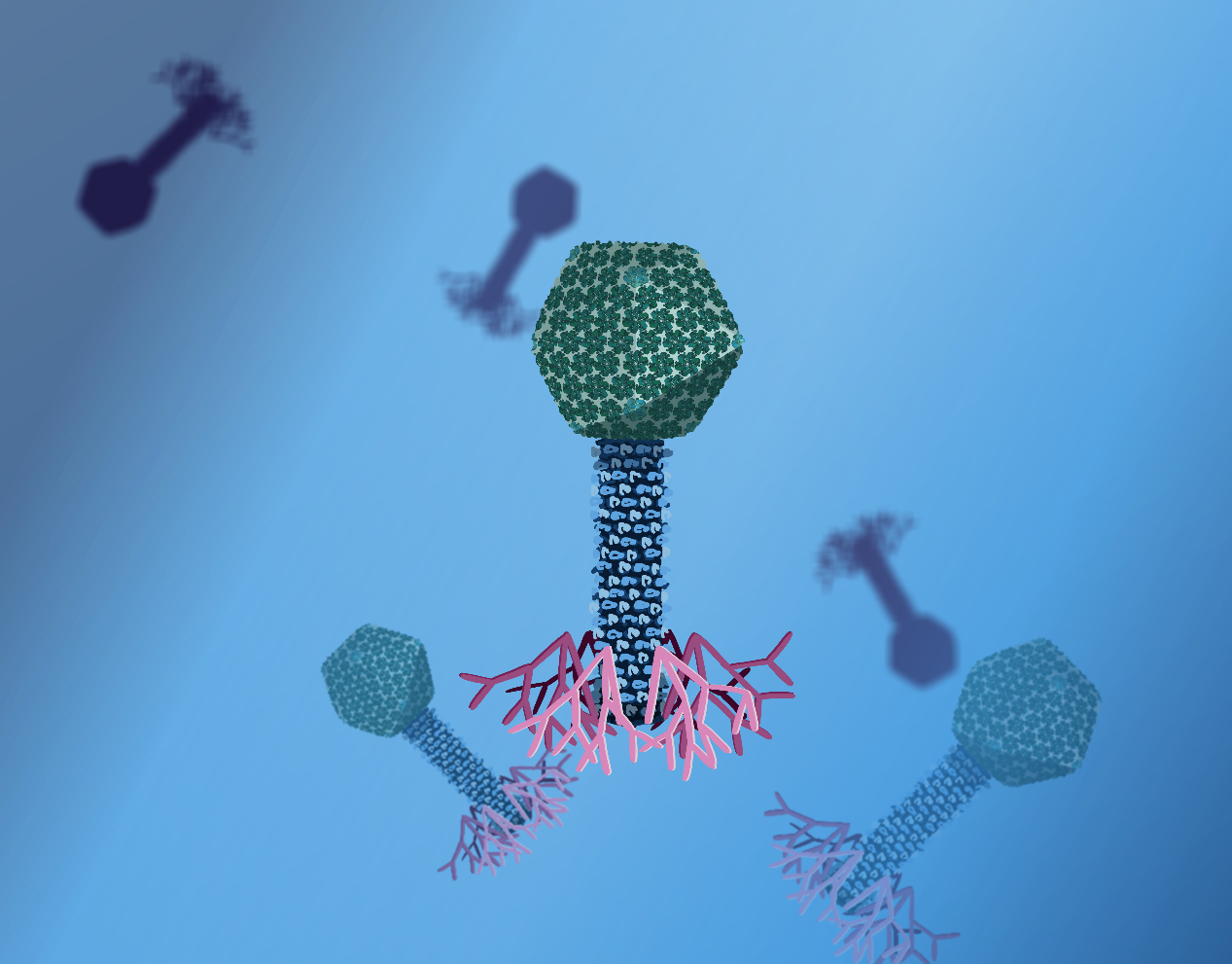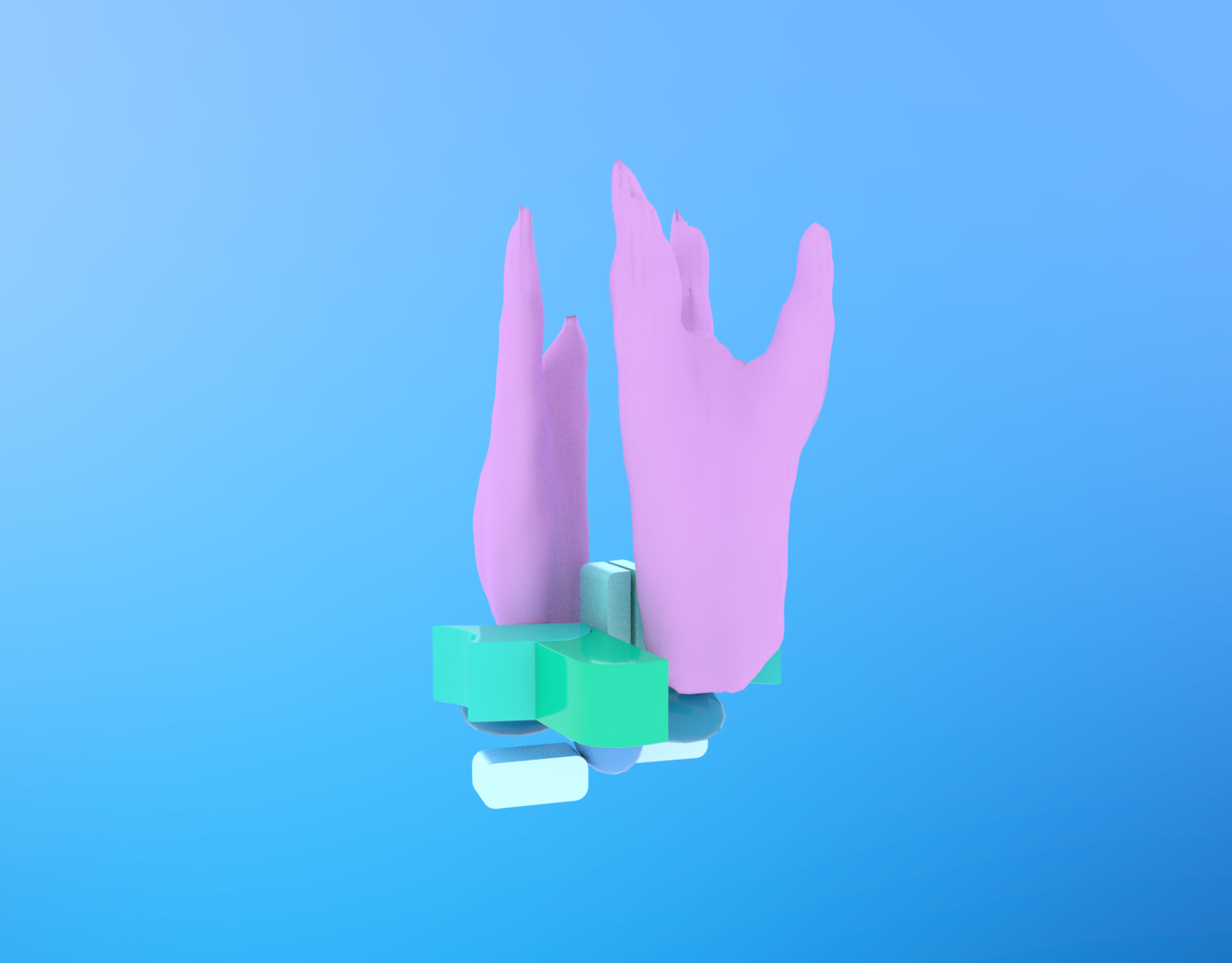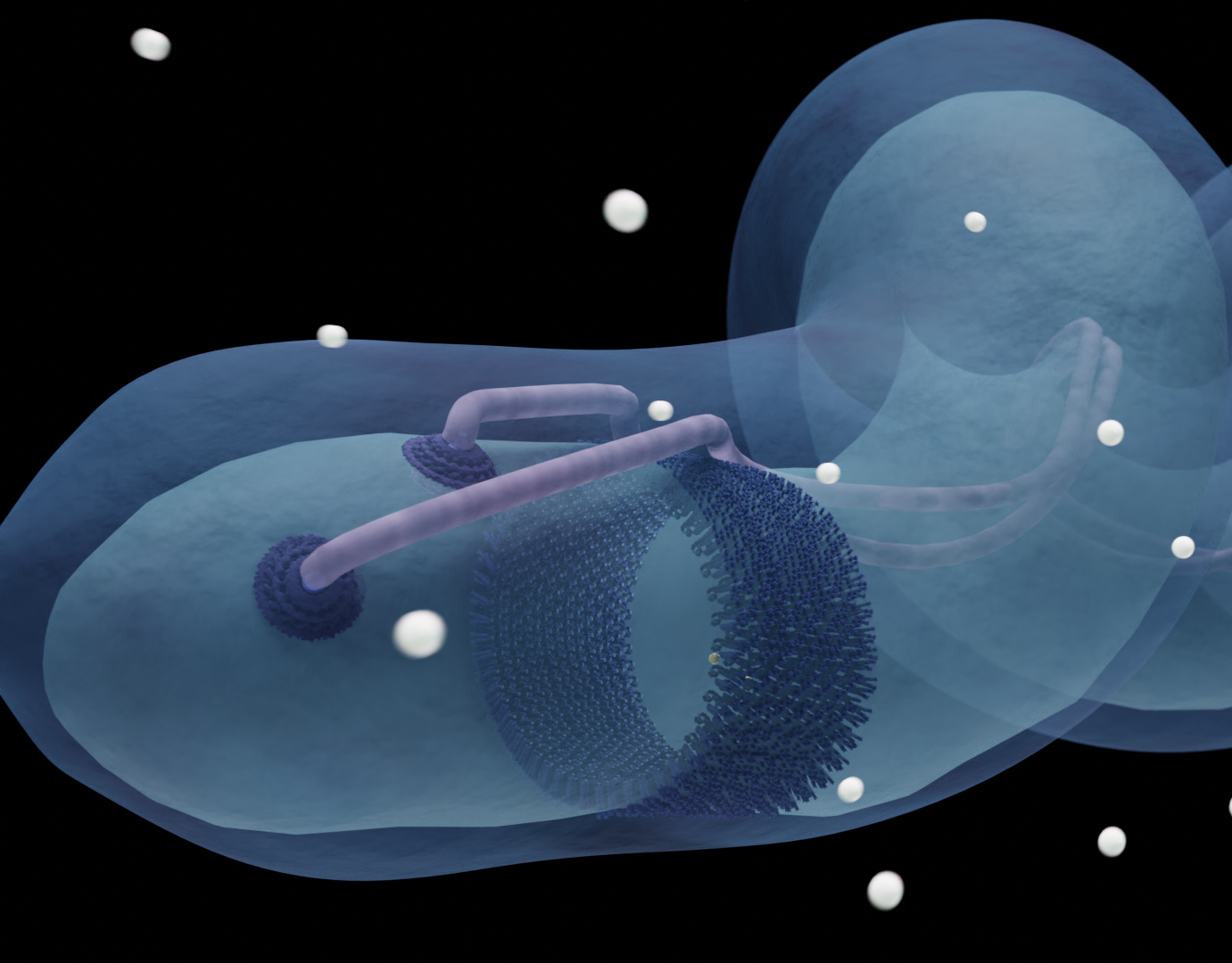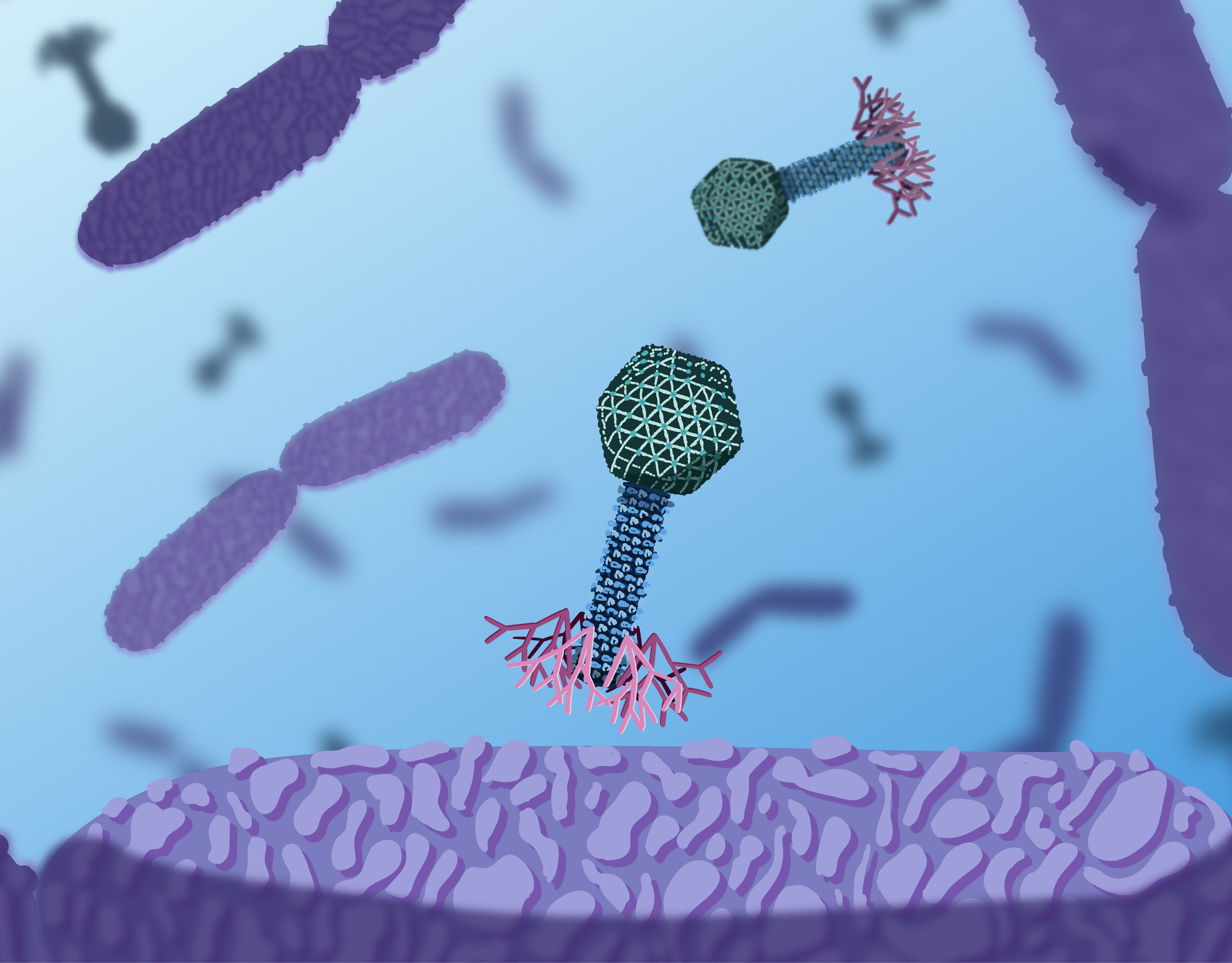My second challenge by NeCEN (the Netherlands Centre for Electron Nanoscopy) and what a challenge it was! The goal this time: to visualise the effects of aging on the molecular level in a collaboration with the science museum NEMO. This animation relied heavily on the expert input by Meindert Lamers and shows the micromachines that are involved in DNA replication, transcription, and translation in detail, and illustrates how errors on this small level reverberate through our life.
This work is part of the exhibition "Living Looonger" in NEMO the Studio in Amsterdam. This exhibition challenges us to think about aging, staying young, and our mortality.
You can visit "Living Looonger" until January 5th 2025.
Except where otherwise noted this work is protected under https://creativecommons.org/licenses/by-nc-nd/4.0/
Special mention:
the DNA and RNA in this animation was created with the amazing Blender add-on "Molecular nodes" by Brady Johnston.
This animation utilised more real data than my earlier works!
To shed some light on the hard-core science that is the foundation for this work, I've added some screenshots and linked the models in each screenshot to their data on the Protein Database. Click on the links if you want to be wowed by the actual data that makes this work possible.
(PDB codes 4M8O and 7P30)
MutS, MutL and PCNA are activated when the DNA repair process is initiated. MutL is built with two models, the C-terminal and the N-terminal. Fun fact: we combined the data from two different species in this model as well! Sometimes we need to be resourceful!
(PDB codes 1E3M, 1B63, 3KDG, 1VYM)
RNA polymerase reads the DNA en create messenger-RNA. I really like how the DNA opens within the RNA polymerase.
(PDB code 6IYD)
The RNA is translated into a tau protein in the ribosome. The ribosome model is huge! It was quite challenging to animate and render this part of the animation.
(Uniprot code p10636 and PDB code 6HCF)
The Installation
The cool thing about this animation was that it wasn't just displayed on a screen; it had an entire set-up! The animation could be viewed on a screen inside an installation covered in grey hair. Next to the screen you could also view 3D models of some of the key moleculair machines of the animation.







Special mention:
Thanks to the painting tools, tips, and tricks I got from the Warhammer Utrecht staff, I was able to get the 3D prints to look really awesome! And my sister helped as well :)
...
I was absolutely honoured to share this amazing experience with my family as well. I could not have finished this animation without their never-ending support and love. And so, I couldn't help myself and just had to add some of the pictures we took on our visit to the museum.











